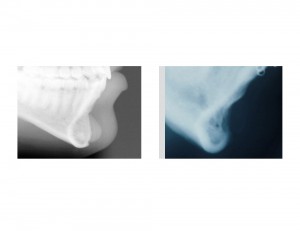Synthetic implants are involved in some of the most common procedures performed in plastic surgery. From the skull down to the calfs, implants allow an instantaneous augmentation effect to be achieved of a variety of sizes and shapes. While rivaled more recently in some procedures by fat injection grafting, implants offers a permanent volume/augmentation effect that is simpler to achieve. (out of a box so to speak)
While implants offer many benefits, they also have their own set of potential complications. Infections, malposition and size issues are amongst the most common no matter where in the face and body an implant may be placed. These are obvious complications that occur in the short-term, within weeks or months after surgery.
But longer term changes which sometimes lead to complications with implants come about from a less obvious source. When a synthetic implant is placed in the body, the implant itself can never change as they are made of materials that do not degrade or change. (e.g., silicone) Rather the body must adapt to it and respond based on the pressure caused by the implant’s volume. Thus tissues change around the implant and these changes are almost always that atrophy. Surrounding tissues thin to varying degrees based on implant size and body location.


While this tissue response to chin and breast implants rarely causes any problems, such a response on the nose can be very problematic. Rhinoplasty that uses large implants for nasal augmentation is well known to cause thinning of the overlying soft tissues which is very thin. This can lead to implant exposure and infection.
Tissue atrophy and thinning occurs to some degree around every augmentative implant placed in the body. It usually does not cause any long-term problems but is one compelling reason to avoid very large implants at any face or body location.
Dr. Barry Eppley
Indianapolis, Indiana


